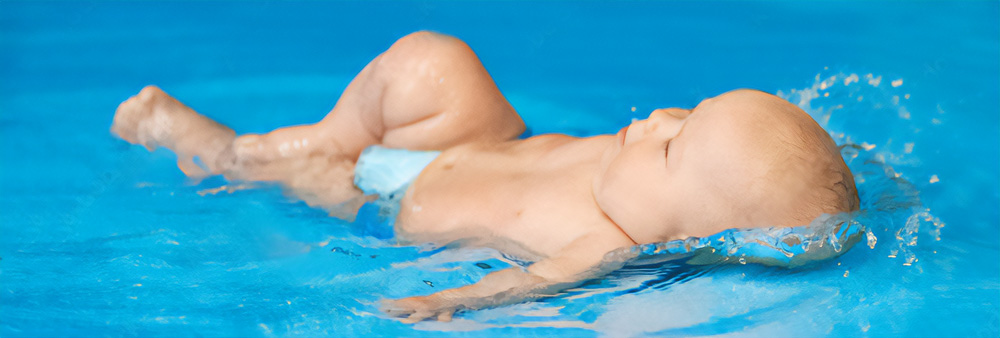The first use “Salt-Systems” for pool sanitation began in Australia in the 1960’s. The Australians began using an electrolysis process to convert sodium chloride (basically “table salt”) into chlorine1. In 1972, saltwater pools were introduced to the New Zealand market. By the 1980’s salt system pools began to gain popularity in the US.
Today, saltwater pools are very common, representing close to 70% of all new pool construction, in the US as Salt-System sanitation offers a # of benefits2 over the more traditional chlorine sanitation methods.
Benefits of a Saltwater Pool

- The pool water feels softer, and your skin feels softer upon exiting a saltwater pool.
- A saltwater pool is considerably easier to maintain as you are not continually adding chlorine to the pool.
- The production of chloramines, a noxious by-product in standard chlorine pools, is minimized.
- It’s the production of these chloramines that forces standard pool owners to “shock’ their pools, often several times a season. Shocking a pool involves raising the chlorine level to 10x the standard 3ppm.
- Because of the minimization of chloramines, saltwater pools
A) Often simply smell better
B) Are often recommended for those with asthma or skin allergies
- Fewer chemicals are used in saltwater pools as the primary chemical is simply salt.
- The pool owner is not handling & storing dangerous chlorine chemicals at their home.
- Clothes do not fade in a saltwater pool.
- You will not burn your eyes in a saltwater pool.
- There are fewer chemicals in the water and your tears have higher salinity than the pool water.
Supply Chain Impact

In the past few years, two issues (COVID & a massive fire at a large chlorine packaging facility damaged by Hurricane Laura) caused major supply chain problems with the two most common forms of chlorine (trichlor and dichlor) used for pool and hot tub sanitation. They both became quite scarce.
However, the “source” of chlorine in a saltwater pool is common sodium chloride salt, making Salt-Systems, to some degree, the only readily available pool sanitation option for a couple of years.
Salt-System Cost

Salt-Systems are generally more expensive to install than other sanitation methods however, they generally result in the lowest lifetime cost as their operational costs are considerably lower. Once you have paid the initial cost to install a salt-system, your annual operating costs are often much lower than with other sanitation regimens.
Footnotes:
- Technically, the sanitizers are hypochlorous acid & sodium hypochlorite, but they are commonly simply referred to as chlorine.
- Folks who advocate against Salt-Systems often claim the salt is corrosive. This is untrue when a Salt-System is properly installed with a sacrificial anode.


